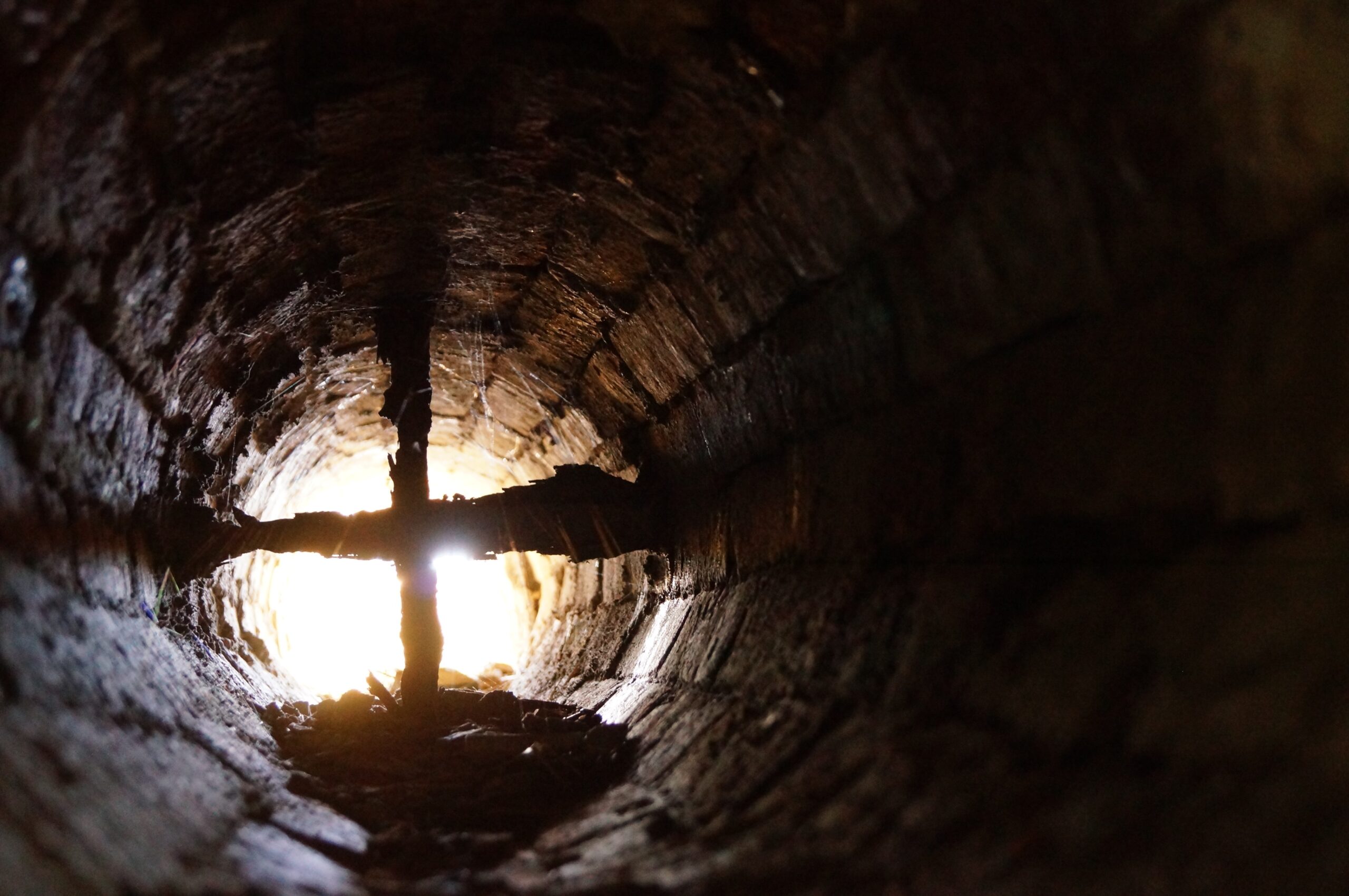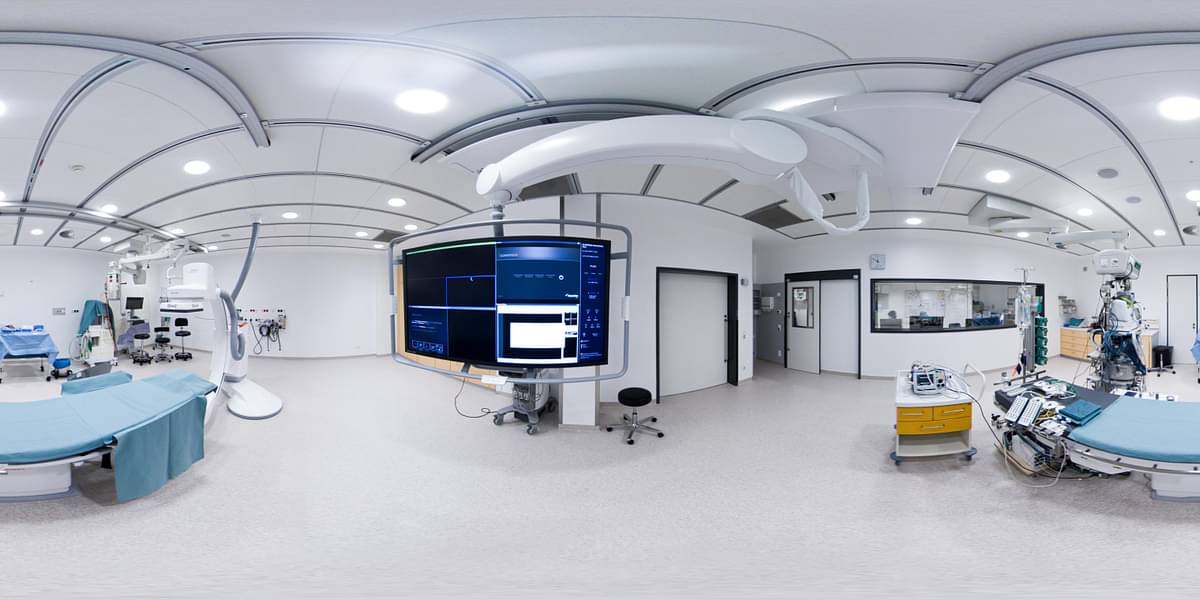Understanding the Importance of Geotechnical Analysis for Stability Assessment

As an engineer, I have come to understand the importance of geotechnical analysis for stability assessment in engineering projects.
Geotechnical analysis is the study of the behavior of soil and rocks, their properties, and their interaction with structures.
It is a crucial aspect of any construction project that involves excavation, foundation design, or slope stability analysis.
In this article, I will explore the importance of geotechnical analysis in engineering. I’ll also explain the common methods, factors affecting stability assessment and case studies. We’ll also understand the importance of it in construction projects, benefits, tools used, and hiring an expert.
Introduction to geotechnical analysis and stability assessment
Geotechnical analysis involves the study of the physical properties of soil and rocks, simulation and data analysis.
The analysis is used to determine how soil and rocks will behave when subjected to various loads. How much it will deformsuch as the weight of a structure or the forces generated by wind or water.
Stability assessment is the process of evaluating the stability of a structure or slope and identifying potential failure mechanisms. It involves analyzing the strength and stability of the soil and rock mass, as well as the interaction between the soil and the structure.
Stability assessment are crucial in engineering projects because they help to ensure the safety and longevity of structures.
By understanding the behavior of soil and rocks, engineers can design structures and foundations that are stable and can withstand the loads they will be subjected to.
Geotechnical analysis and stability assessment are also critical in determining the potential for landslides, slope failures, and other geotechnical hazards. Any geotechnical hazard can have devastating consequences for people and property.
The importance of geotechnical analysis in engineering
We can understand- geotechnical analysis is an essential aspect of engineering. This is because it provides critical information about the behavior of soil and rocks.
This information is used to design structures that are safe, stable, and durable. Without geotechnical analysis, we’ll not be able to accurately predict how soil and rocks will behave when subjected to loads, which could result in structures that are unsafe or unstable.
Geotechnical analysis is also important in determining the potential for geotechnical hazards, such as landslides or slope failures, which can have significant economic and environmental impacts.
In each of these projects, geotechnical analysis is used to evaluate the soil and rock conditions at the site. It determines the loads that the structure will be subjected to, and design foundations and other structural elements that are stable and safe.
Common methods for geotechnical analysis and stability assessment
There are several common methods for geotechnical analysis and stability assessment, including field testing, laboratory testing, and numerical modeling.
Field testing involves collecting data from the site, such as soil and rock samples, and conducting tests to determine the properties of the soil and rock mass.
Laboratory testing involves analyzing the samples collected from the site in a laboratory setting to determine their physical and mechanical properties.
Numerical modeling involves using computer software to simulate the behavior of soil and rock mass and to evaluate the stability of structures and slopes.
Field testing methods for geotechnical analysis include the Standard Penetration Test (SPT), Cone Penetration Test (CPT), and Pressuremeter Test.
Laboratory testing methods include triaxial testing, direct shear testing, and consolidation testing. Numerical modeling methods include Finite Element Analysis (FEA), Discrete Element Method (DEM), and Limit Equilibrium Analysis (LEA).
Factors affecting stability assessment
Several factors can affect stability assessment, including soil and rock properties, slope geometry, groundwater conditions, seismic activity, and weather conditions.
Soil and rock properties, such as strength and stiffness, are critical in determining the stability of a slope or structure. Slope geometry, such as the angle of the slope and the height of the slope, can also affect stability.
Groundwater conditions, such as the water table elevation and the permeability of the soil, can affect the stability of a slope or structure. Seismic activity and weather conditions, such as heavy rainfall or strong winds, can also affect the stability of a slope or structure.
Case studies
Geotechnical analysis has been used in several high-profile engineering projects to ensure the stability and safety of structures.
One such project is the Burj Khalifa in Dubai, which is the tallest building in the world. Geotechnical analysis was used to evaluate the soil and rock conditions at the site and to design the foundation system for the building.
Another project is the Panama Canal Expansion, which involved the excavation of over 200 million cubic meters of soil and rock. Geotechnical analysis was used to evaluate the stability of the slopes and to design measures to mitigate the risks associated with landslides and slope failures.
Importance in construction projects
Geotechnical analysis is essential in construction projects. It is also important in mining projects because it helps to ensure the safety and longevity of structures. By understanding the behavior of soil and rocks, engineers can design stable structures and foundations.
Geotechnical analysis is also critical in determining the potential for geotechnical hazards, such as landslides or slope failures, which can have significant economic and environmental impacts.
Geotechnical analysis is used in a wide range of construction projects, including the design of buildings, bridges, tunnels, dams, and roads.
In each of these projects, geotechnical analysis is used to evaluate the soil and rock conditions at the site, determine the loads that the structure will be subjected to, and design foundations and other structural elements that are stable and safe.
Geotechnical analysis is also used to evaluate the potential for geotechnical hazards and to design measures to mitigate the risks associated with these hazards.
Benefits
Geotechnical analysis provides several benefits for stability assessment, including improved safety, reduced risk of failure, and cost savings.
By understanding the behavior of soil and rocks, engineers can design structures and foundations that are safe and stable.
It can also help to identify potential geotechnical hazards and to design measures to mitigate the risks and hazards. It ultimately reduces the potential for damage and loss of life. Finally, geotechnical analysis can help to reduce construction costs by optimizing the design.
See this post https://waartsy.com/importance-of-regular-underground-mines-stability-analysis/
Geotechnical analysis software and tools
Several software and tools are available for geotechnical analysis and stability assessment. Such tools are readily available in the market with a minimum cost. These tools includes GeoStudio, PLAXIS, FLAC, MAP, Strand etc. These software and tools allow engineers to simulate the behavior of soil and rock mass and to evaluate the stability of structures and slopes.
They also provide tools for analyzing the results of field and laboratory testing and for designing foundations and other structural elements.
Additionally, these software and tools allow engineers to evaluate the potential for geotechnical hazards.
Hiring a geotechnical engineer for stability assessment
Hiring a geotechnical engineer for stability assessment is critical in ensuring the safety and longevity of structures.
Geotechnical engineers are trained to evaluate soil and rock conditions. They also trained to analyze the behavior of soil and rock mass. This inputs will help us to design foundations and other structural elements that are stable and safe.
They are also trained to evaluate the potential for geotechnical hazards and to design measures to mitigate the risks associated with these hazards.
Hiring a geotechnical engineer can also help to reduce construction costs by optimizing the design. They also help us to design foundations and other structural elements by identifying potential cost-saving measures.
Conclusion
Geotechnical analysis is a crucial aspect of any construction project that involves excavation, foundation design, or slope stability analysis.
It provides critical information about the behavior of soil and rocks and their interaction with structures. Geotechnical analysis are essential in ensuring the safety and longevity of structures and in identifying potential geotechnical hazards.
By understanding the importance of this analysis, engineers can design structures and foundations that are safe & stable. It reduces the risk of failure and ensuring the safety of people and property. You can read the article- https://pilebuck.com/engineering/geotechnical-analysis-investigation-requirements-structures/



